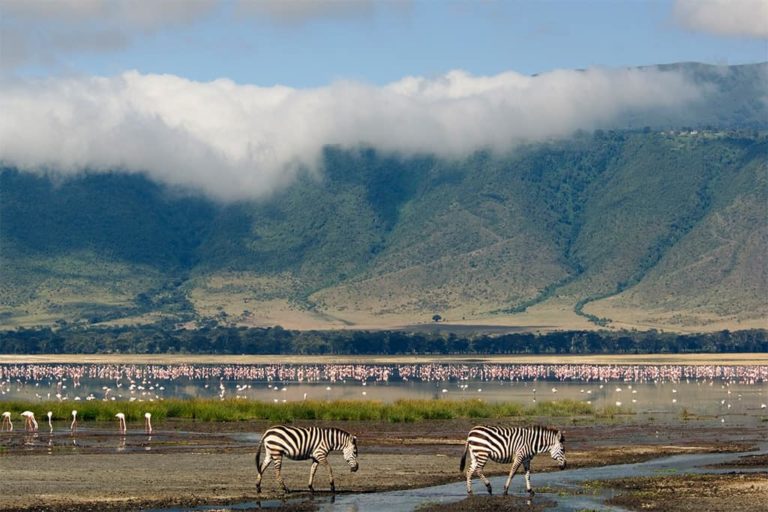Sierra Leone is a nation in West Africa that is rich in culture and diversity. This country is a fascinating place and a home to breathtaking landscapes, friendly people, and great food.
It may not be the first country that comes to mind when thinking about travel, but Sierra Leone has something to offer everyone.
The country got its name from the 15th-century Portuguese explorer named Pedro de Sintra. Its original name was Serra Lyoa which meant Lion Mountains.
Sierra Leone boasts the Freetown peninsula and 402 km of coastline. The country offers immense natural beauty, especially at Banana Island. Here, you will not only be mesmerized by the scenery but will also get to try out fantastic water activities.
Besides the fantastic beaches, the country also offers mountainous regions, rare colonial heritages, and splendid coastlines.
But again, even though the locals are friendly, the government of Sierra Leone deems the country to be unsafe as the crime rates, both violent and petty crimes, are high.
It is better to be cautious while traveling inside the country. Be aware of scammers who will try to steal from you or overcharge you.
Also, don’t travel alone at night.
The country is slowly showing signs of economic growth so let’s hope the country becomes safer to visit in the future.
Geography
Guinea borders Sierra Leone to the north and east, whereas Liberia bounds the country to the south, and the Atlantic Ocean borders the country to the west.
It has four physical regions: the Sierra Leone Peninsula, the coastal swamp, the interior plains, and the interior plateau and mountain region.
Most of the country’s soil is of weathered and leaches lateritic type.
Climate
The climate of Sierra Leone is influenced by the alternation of rainy and dry seasons. Typically, the weather is hot and humid.
The rainy season in the country occurs from May to October. As a result, the country gets more rainfall in the coastal areas than inland.
On the other hand, the dry season begins in November and ends in April. Here, the harmattan wind blows from the Sahara.
Nature and wildlife
Plants and animals in Sierra Leone are influenced by the relief and soil types. You can check out the original forest cover in the Gola Forest Reserves.
Secondary forests are also dominant and include timber species such as African mahogany and African teak.
Savanna vegetation is also prevalent in the northern parts of the country as there is less rainfall.
In terms of wild animals, large mammals like elephants, leopards, buffaloes, hyenas, and lions are rarely seen. Instead, the country’s forests constitute chimpanzees, monkeys, antelopes, and bushpigs.
The riversides house hippopotamuses, manatees, and crocodiles.
Fishes such as tuna, Bonga, barracuda, snapper, mackerel, and lobster are also abundant in the country’s coastal waters.
The best way to experience this wildlife is by visiting the country’s several parks, reserves, and sanctuaries.
People
There are 18 ethnic groups in Sierra Leone.
The Temne group and the Mende group are the two largest ethnic groups of the country, followed by other major groups like Limba, Kuranko, Yalunka, Kono, Kisi, Sherbro, Susu, and Loko.






